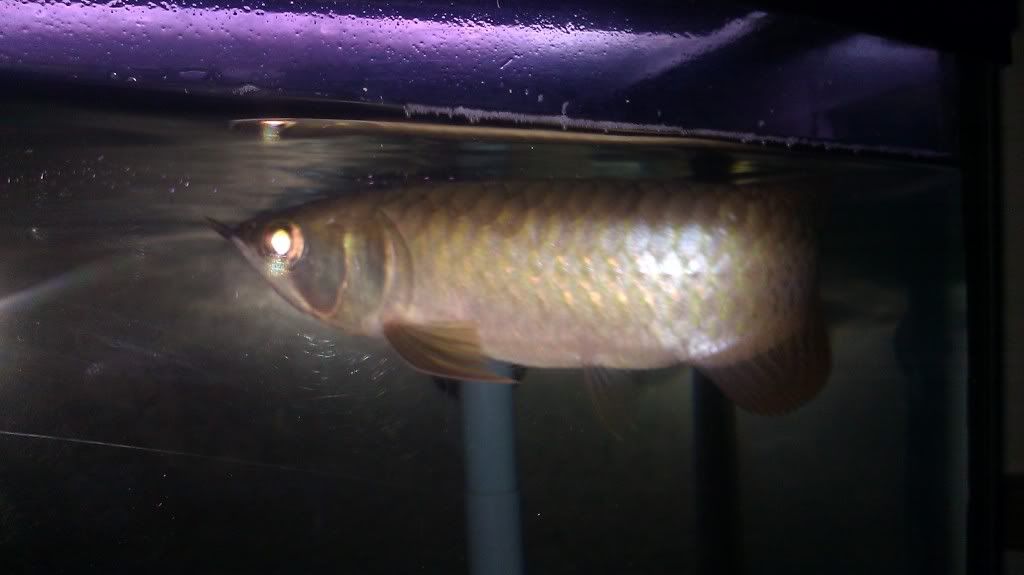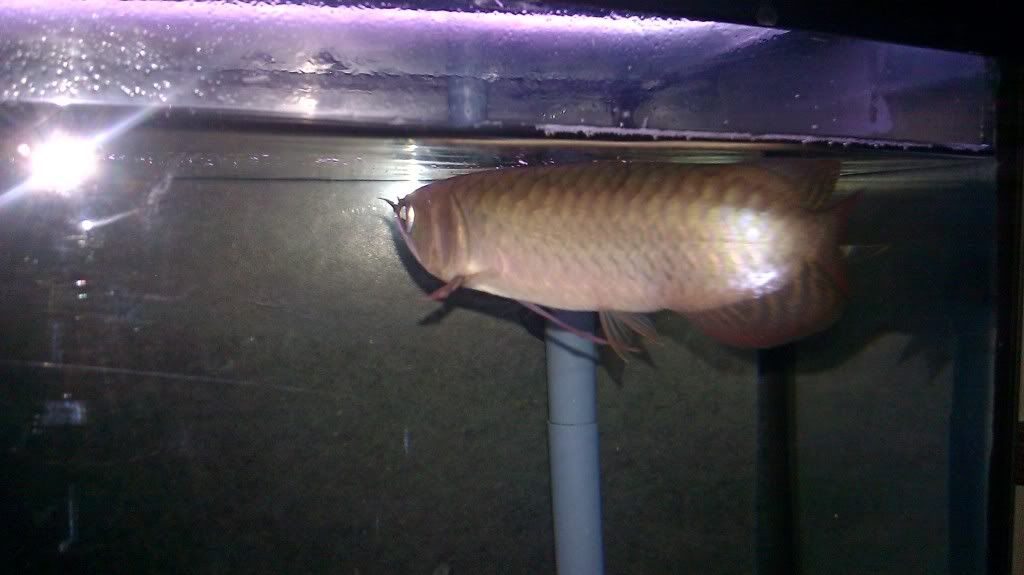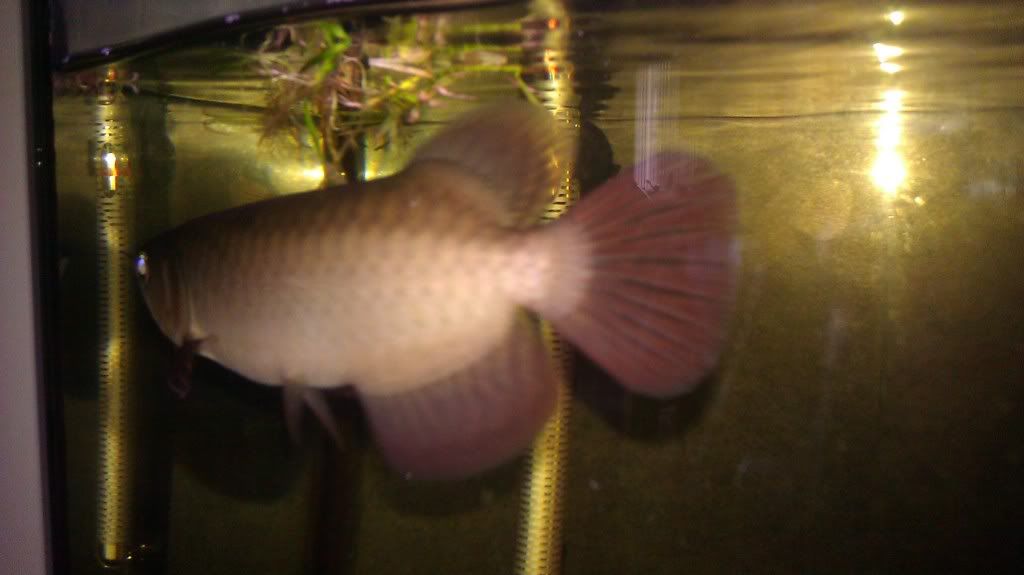Erratic-Fish-Finatic
New Member
So I recently bought a Banjar Red Arowana, but what I'm stumped about is the species it's self. I knew about SRs, CRs and just regular reds but I never really heard about Banjars before. First time hearing about them was 6 months ago when I wanted to buy my first Asian aro. From what I read these guys don't turn red, but instead light pink/salmon with orange red fins (if they are high grade banjars). I was wondering if anyone could shed some light on the origins of species, ie: how they came to the hobby? how they came to exist? the avalibility of them (are they rare?) lighting requirements? why some adult Banjar's fins become yellow? can using red/violet spectrum bulbs help retain and boost the red/pink colour pigment? And finally, are these guys more aggressive or territorial compared to other Asian aros? I do apologize if I'm asking a lot, but I'm highly interested in Banjars as I have not heard much about them and since this is my first Asian aro. Thanks in advance for anyone who answers. I feed my 4" juvie Banjar a verity of Hikari food sticks and pellets and well as food high in carrotenes in hopes of retaining and boosting my Banjar's red-ish pink colouration.




